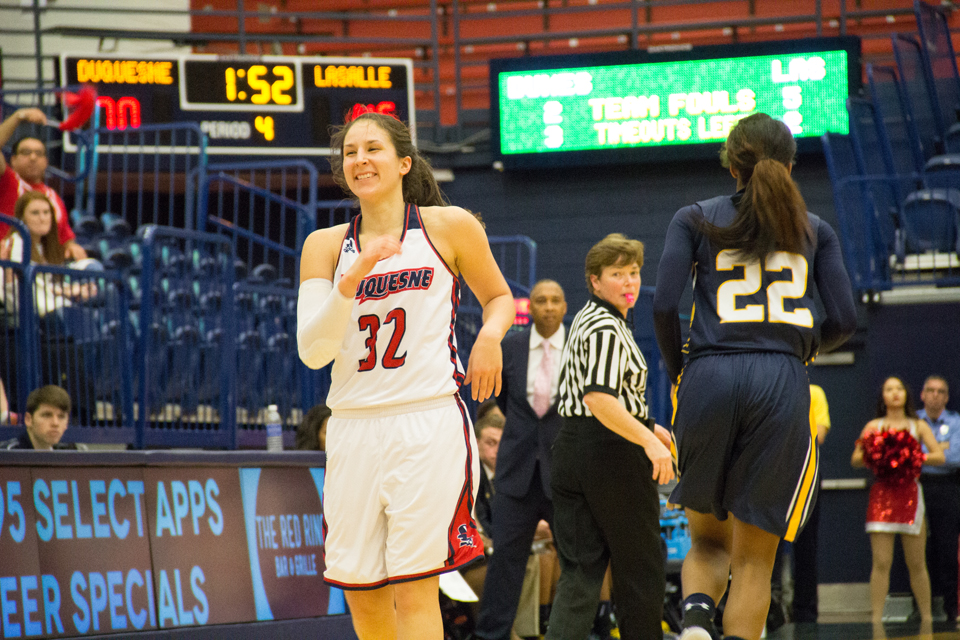
By Hallie Lauer | Layout Editor
For over one hundred years, we have been naming our generations. Starting with the lost generation, a term coined in 1914, and continuing all the way to 2017 with generation z, naming generations has transformed from merely an identifier to a way to market things to specific demographics.
The term millennial, which seems to grace the headlines and fall from the mouths of broadcasters each week, was coined by a historian named Neil Howe in 1991. The name didn’t stick immediately, but today, it is almost impossible to go 24 hours without hearing or seeing mention of the word.
Naming generations has become a useful tool for journalists, advertisers and historians when attempting to find ways to corral a large, diverse group of people into one category.
Advertisers in particular have started using this term and the ideology behind the average millennial as a way to target a certain demographic in marketing campaigns. Forbes has even put out an online article entitled ‘7 Ways to Target Millennials Through Content Marketing.’
How did this come about, though? How did the millennial become the ideal market demographic? Companies don’t come right out in their ads and ask “Are you a millennial? You’ll love this product!” They attempt to appeal to the combined ideology: how this generation thinks about the world, what its beliefs are and what goals and desires it maye or may not have.

Starbucks is one example of a company directing its advertising toward millennials.
The description of a millennial differs from person to person, making it hard to use one marketing strategy to convince the masses. But one trait that remains amidst the mix of definitions is that this generation spends most of its time online.
These new masses are incredibly technology savvy, and because of that, an increasing number of businesses have gone digital, creating social media accounts in order to catch the eyes of those who spend most of their time online.
They also use these social media accounts to make advertisements more personal. They do this by partnering with social media platforms to form interactive advertising campaigns. So if someone tweets about how amazing their latest Amazon purchase is, Amazon can retweet it. This is free advertising for them, and is more convincing to the other millennials who are looking at product reviews. Millennials are notoriously brand loyal, so if they see many positive reviews on something, they are more likely to buy and keep buying from that company.
Another reason big companies target this demographic is because the millennials are the largest generation in recent history. With 77 million people, this generation easily surpasses the baby boomers. Companies then have an internal dilemma, because while baby boomers have the disposable income to spend right now, in the long run it could be a larger benefit to market toward millennials because they have much more potential purchasing power.
Using the current generation’s traits as a way to market items towards them is not a new theory. It has been done in the past, and more than likely will be done again in the future as generation z ages, because in the long run, that is how companies make money – by appealing to the majority of the public. And at this moment, it happens to be the millennials.




